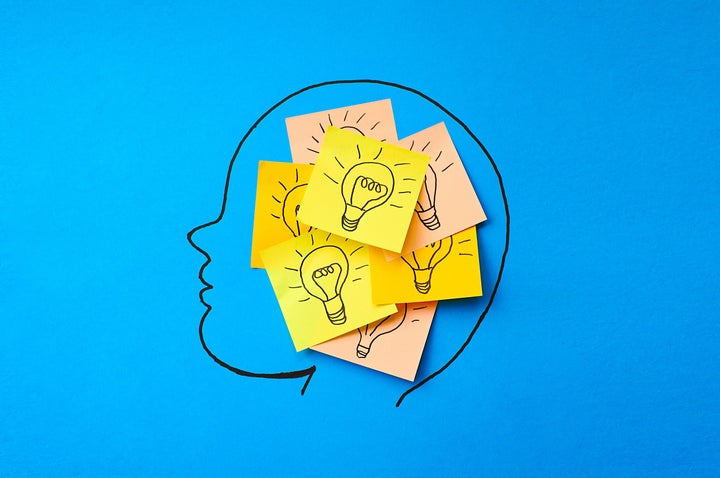
The next time you need to remember something important ― say, your spouse’s birthdate or the dinner reservations you have to make ― grab a pen and paper and draw something to remind you.
In a study to be published in the journal Consciousness and Cognition, researchers found that drawing was the best method to retain new information. It was more effective than writing and rewriting notes, visualization exercises and passively looking at images.
And fortunately, this was true even if the person was a subpar drawer ― no need to be a modern-day Rembrandt to really remember.
The findings are especially valuable for aging adults and those who suffer from dementia, said Melissa Meade, a doctoral candidate in cognitive neuroscience at the University of Waterloo in Canada, where the study was conducted.
“Drawing pictures is such a simple task, and it can easily be implemented in everyday life to improve memory,” she told HuffPost. “For example, drawing a picture of some groceries you need to pick up later or the meal you are planning to make will result in that information being remembered much better later on than if it were written.”
To conduct the study, Meade and her team recruited 48 adults ranging in age from college undergraduates to those in their 80s. To start, the researchers asked the people to write down 15 words and doodle 15 other words — for example, a simple drawing of a boat for the word “yacht.”
To create a clean slate to test memory, the subjects were then asked to perform a filler task ― classifying 60 audio tones as low, medium or high.
Once the filler task was complete, the subjects were given two minutes to recall as many words as possible from the first part of the experiment.
In the end, young and old showed better retention when they used drawing rather than writing to encode the new info. This effect was particularly notable in older adults.
Meade said she thinks that drawing leads to better memory compared with other study techniques because it incorporates multiple ways of representing the information — visual, spatial, verbal, semantic and motoric.
While more research is needed, she said she is excited about the impact the findings could have on aging populations, especially dementia patients.

As people age, the ability to retain new information slips because of the deterioration of critical brain structures involved in memory, including the hippocampus and frontal lobes.
But drawing calls upon regions of the brain involved in visual perceptual processing ― regions that show relatively less deterioration than areas involved in processing verbal information.
“With this study, we found that drawing enhanced memory in older adults more than a technique that involved thinking about the meaning of the words,” Meade said. “That’s the strategy often recommended to aid memory in older people.”
There are real-world applications for non-seniors too. Many students believe that writing and rewriting their notes is the best way to get test information to stick. This study suggests that drawing ― an exercise that’s a whole lot less arduous ― might provide a better memory boost. Reading aloud and even enactment (performing an associated action during learning) are also better strategies than rewriting, the researchers said.
Clearly, a little sketching goes a long way. Now, get to drawing― and remembering ― you artist, you.